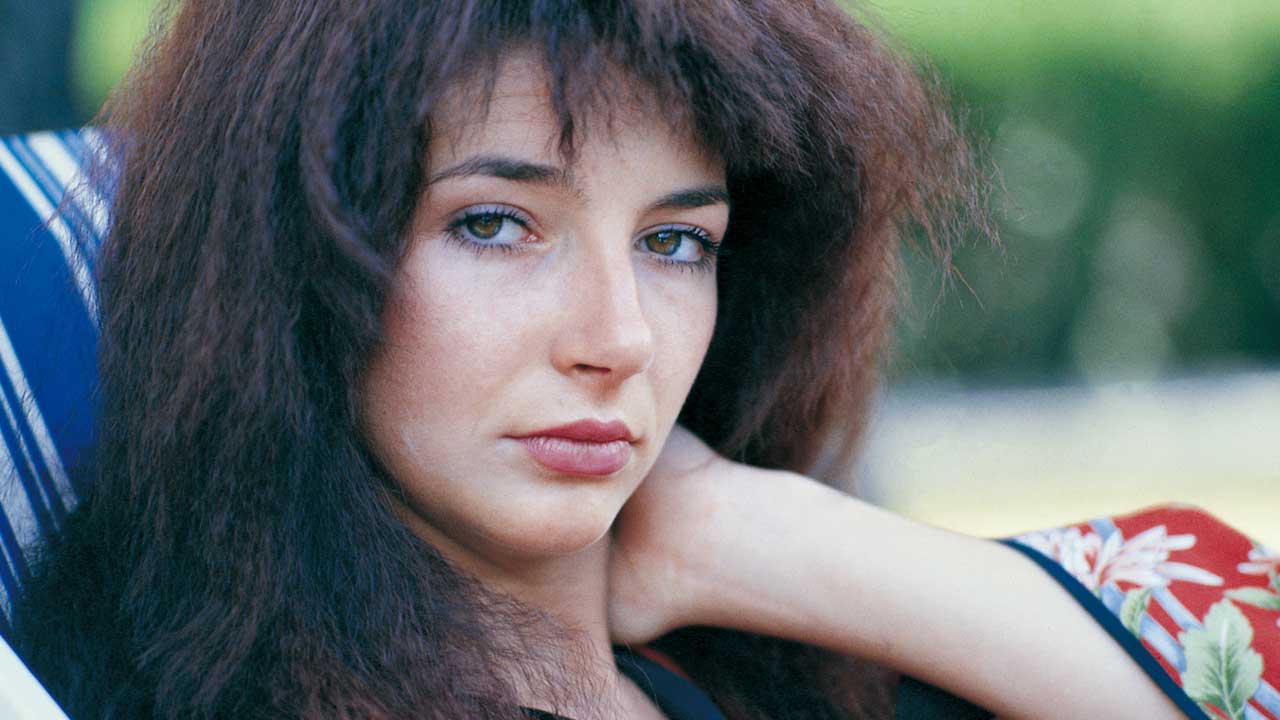“Neil had a look on his face like he was going to explode. He was a little pissed off”: How the rejuvenated Rush hit full stride during their final chapter with Snakes & Arrows
Rush’s 2007 album Snakes & Arrows found the prog icons back from their late 90s hiatus with a vengeance
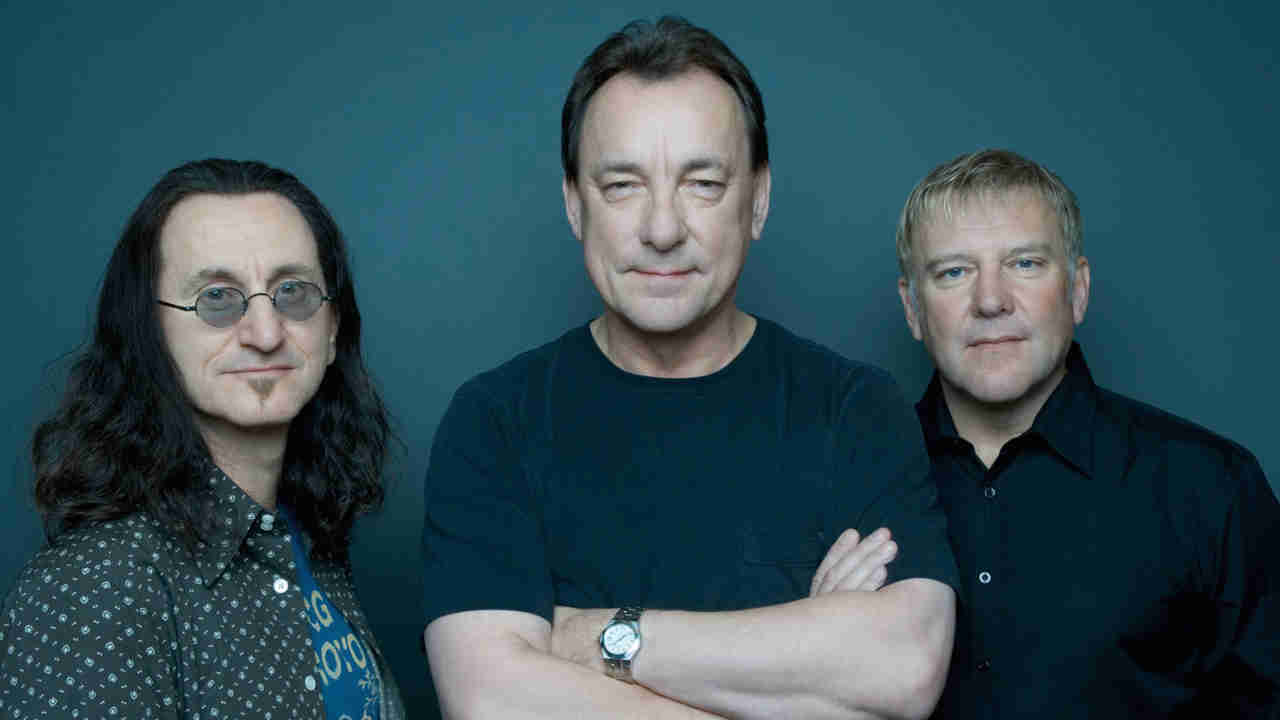
After taking a hiatus in the late 1990s following the death of drummer Neil Peart’s wife and daughter, Rush returned with a vengeance in the 2000s. By 2007’s Snakes & Arrows, the rejuvenated trio were in a middle of a rush of newfound creativity, as Classic Rock discovered when we met them in their native Canada.

Neil Peart’s expansive circle of drums is lit up like it’s on display or part of a TV set. In apple red and gleaming chrome, and set on a circular riser, it dominates the dark, cavernous rehearsal room. For some inexplicable reason, its grandeur makes you want to whisper. Neil’s in Toronto to rehearse for Rush’s next world tour. Although he now has homes in Quebec and California, he’s returned east to help construct and nurture the nearly three-hour set that the band will be performing throughout the summer and into the autumn. This leg, and there may be others judging by the positive reaction to their latest album, will take them to a final show in Helsinki at the end of October.
His bandmates Geddy Lee and Alex Lifeson are rehearsing at their respective homes in the city, emails darting back and forth between the three over what songs to keep and what songs to drop from the show. A band with a 34-year history has a lot of material to draw upon, tricky as that is, then add to the equation their desire to also play material from their latest album, Snakes & Arrows. Of its 13 songs, they’d like to play, they hazard, maybe eight. Rush songs aren’t short either, even the contemporary ones.
“Without a doubt, the best experience I’ve had making an album, ever,” Peart says about Rush’s residency at the end of last year at the expansive Allaire Studios set atop a mountain in the Catskills in upstate New York. Peart’s enthusiasm for the band’s nineteenth studio album is emphatic, Lifeson thinks it might be their best album yet, the more considered Lee puts it somewhere in their top three and mentions how much it reminds him of Permanent Waves.
Peart, with his bottle of water, rolling papers and tobacco propped up on a scuffed and battered Rush drum flight case (you can tell its vintage by the original Rush logo spray painted on its side), originally coerced the band into going there. Geddy and Alex tried to bribe him so that they could stay and work in Toronto as they did for Vapor Trails. “We were up to 20 dollars at one point,” laughs Geddy. “‘Come on Neil, let us record in Toronto’, but he doesn’t respond to money.”
Neil had recorded an instructional drum DVD in and around the grounds of Allaire and had been moved by its quiet beauty and the sound he got from its main room (like Henry VIII’s banqueting hall in style and scope by all accounts) that he persuaded the band to let him record his parts there.
“Allaire’s just beautiful: high ceilings, big windows and a great view and I need that,” says Neil. “It wasn’t really up to me to stay because I’d already stamped my feet and demanded we record my drums there. But the first couple of days we were having raging jam sessions after we’d finished up, the kind of stuff that doesn’t happen when you’re going home but we had nowhere to go but upstairs. I was so surprised because I’d left when we had planned to leave and I went and took care of some things, and when I came back the atmosphere was still so convivial and they were still working on things like vocals at 11 at night. The vocals are the hardest…”
Sign up below to get the latest from Classic Rock, plus exclusive special offers, direct to your inbox!
“We were on the plane down there, Alex and I,” recalls Geddy. “I said to Alex, okay, Neil really wants to do drums here and he knew what that place was all about, but we’d just heard ‘residential’ and we were like: ‘Can’t we do it in Toronto, please?’”
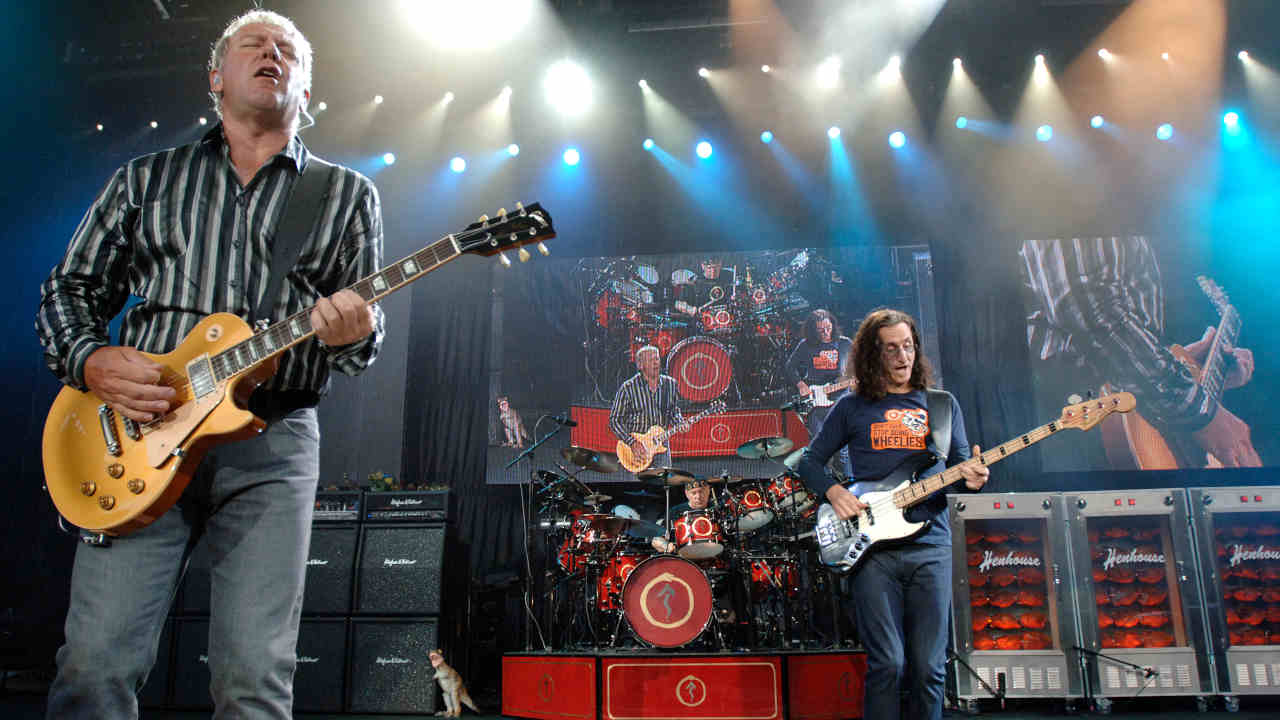
Back in Toronto, at the band’s management offices, Geddy’s recalling their decision to move into Allaire. His hair pulled back into an austere ponytail, thinly streaked with lines of grey.
“So on the way down, I said ‘We’ll do the drums, maybe a few bass tracks and we’ll get back to the city’. I was really not happy about the idea of staying; it’s not my thing. I’m a curmudgeon in my old age, I like to have dinner with my family and I don’t like to work at night. Alex’s different, he can go all night long.”
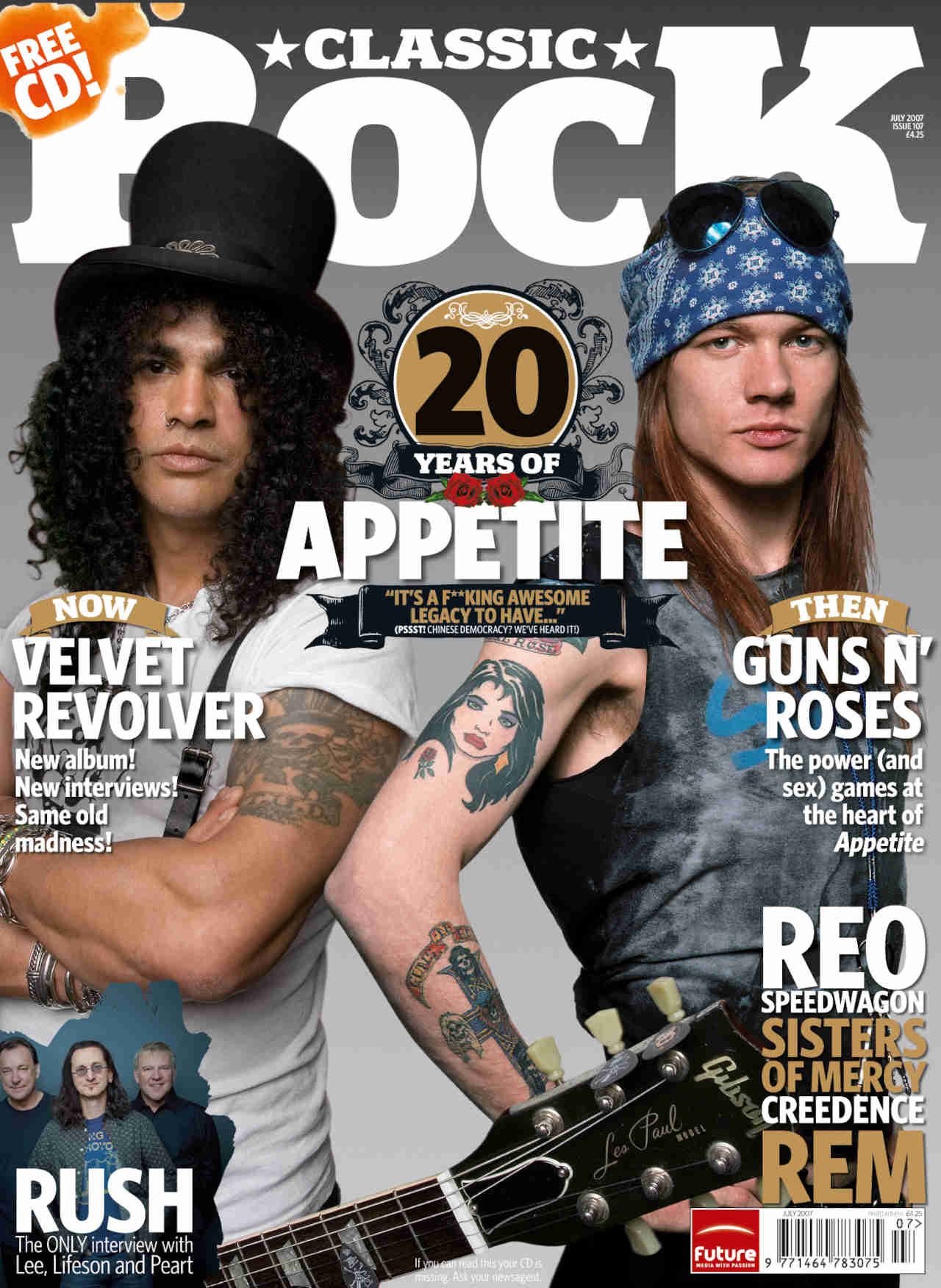
“Oh, I wanted to stay there from the second morning,” laughs Alex. He’s sitting in the front of a bay window of his home in one of the older Toronto neighbourhoods, the window ledge covered with awards; I spot at least two Junos [the Canadian equivalent of the Grammys]. His welcome mat at the front door says ‘Go Away’ in black capitals.
“Ged had it all worked out, we weren’t staying. Then that first night, Neil got his initial track done and then we hung out in the control room until the wee small hours, just drinking and smoking and talking and laughing, listening to some music and just getting the vibe. It just had such a fantastic energy about it, it just felt so right, all of us commented on it. The next day, somebody threw out the idea that maybe we should just stay here for the whole recording and everyone turned around and said, ‘Yeah, let’s really think about that’.”
“It was Nick’s [Raskulinecz, producer] idea,” says Geddy. “I was not happy about that, I went away, I didn’t say anything, thought about it and you know, he was right. So I said ‘Okay, why not?’ And it was really a smart idea…”
Some of Rush’s most respected albums have come from extended stays at residential studios, Rockfield in South Wales in the 70s for A Farewell To Kings and Hemispheres, Le Studio in Montreal in the 80s gave us Permanent Waves and Moving Pictures. Though, as Peart recalls, even if the results were exemplary, you can understand why Lee might have had reservations about entertaining the idea of recording yet another album in a remote, residential studio.
“I think back to our foolish young days, Hemispheres we would have a month, come off the road, write the songs, rehearse the songs, arrange them, record them…” Peart recalls with a sigh.
“Pete Collins [Test For Echo, Counterparts] was the first one to get us to work from noon until 10pm and then stop. I can remember being at Rockfield and at eight in the morning walking out into a foggy day, body aching from slamming song after song all night long. We didn’t know to say no.”
Peart shakes his head stoically, pulls at his cigarette. “I guess Permanent Waves was the one that we first went away to write before we went to the studio. It seems elemental, but that’s an example of two things; our work ethic, we just wouldn’t say no to anything and also the nature of the business. With our success no one was going to say, maybe you should take a week off. Geddy and I have often discussed probably the lowest part of our whole lives, with other exceptions in my case, was the Hemispheres era, just feeling so bad and so drained.”
The “other exceptions” to which Peart alludes are the devastating loss of both his daughter and wife – his 19-year old daughter was killed in a car accident in 1997, and her mother succumbed to cancer a mere 10 months later. Understandably, it’s not a topic he likes to address, and is the primary reason he shies away from the media spotlight.
Snakes & Arrows was completed months ahead of schedule (Alex: “We had access to two studios and nothing else to do at night”). The studio’s very remoteness, a realised sense of harmony – which included producer Nick Raskulinecz and engineer Richard Chycki – spurred on the band to new creative heights. Echoing albums like 2112 and Farewell…, Alex and Geddy reverted to writing on acoustic guitar.
Feedback, the covers album they’d recorded to celebrate the R30 tour, had given Geddy cause to reconsider the simple components of songwriting. “We’d become very good at layering and density and intricacy, but we’d forgotten the wide open rock feel that is a joy to play and write. Covering songs by artists like Cream and The Yardbirds reminded me of that,” he says. “And Alex really wanted to write on acoustic this time because if a song is lame it sounds really lame on acoustic guitar. On electric you can fool yourself because you’ve got distortion, you’ve got power, this whole edginess and this technology that can lull you into a sense of false satisfaction.”
Alex and Geddy spent the spring of 2006 in Geddy’s studio (Geddy: “It’s got a Scottish bordello vibe to it and a great view of my back yard”), thumbing through sheets of Neil’s lyrics. In the last decade, Peart’s become something of a celebrated travel writer. His first book, The Masked Rider: Cycling In West Africa detailed his two-wheeled adventures on that continent. One night, haunted by a dysentery dream in the back room of a shack in a tiny African village, he dreamt of a song called The Larger Bowl.
“But it was like a sort of Todd Rungren song in the dream and there was of course no such song,” explains Peart. “But I thought that one day I’d write a song with that title and I did, but that was in 1991 and I never even handed them to the other guys. But this time when I was going through stuff I took them and thought, ‘Why not?’”
Peart later upgraded his bicycle to a red BMW motorbike and still tours separately from the rest of the band, fleeing the venue post show to his own bus. He then spends the following day touring on his BMW before the next night’s show. Classic Rock saw the band rehearsing in Nashville for the R30 tour; Neil had driven his motorbike there from California. The ID photo on his laminate pass was one of him in his crash helmet. These days he’s as likely to have written an article for a bike magazine as he is a drumming one.
As The Larger Bowl was conjured up by past dreams, Workin’ Them Angels was built around snatches of lyrics that Peart had written as chapter headings for his memoir, Traveling Music: The Soundtrack To My Life And Times. The collected pieces, pulled together, make up the poem Traveling Music that appears at the front of the book. It’s the kind of song he could never have written if he’d been sitting at the back of a tour bus, shuttling from one venue’s backstage area to another.
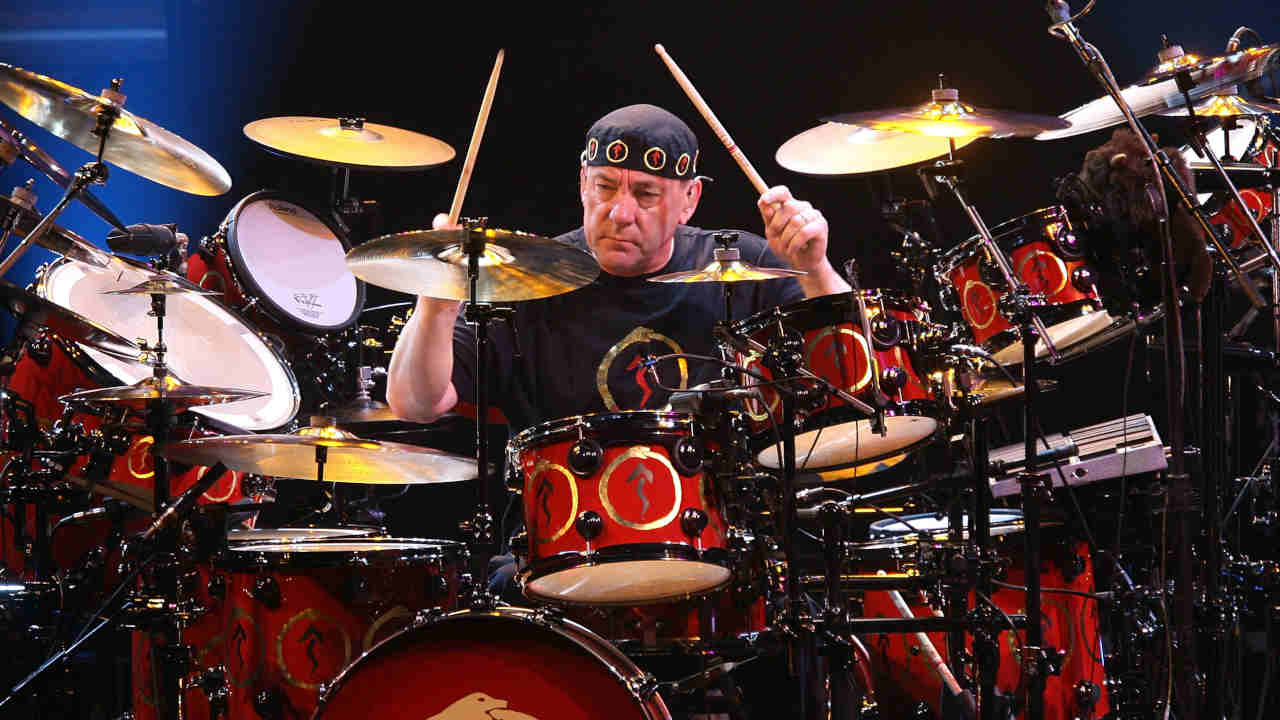
“I would not have had the exposure to the real world and real life if I were not on the back roads of America, Canada and Europe going through small towns at work, watching people talk to each other at the gas station. That goes back even to songs like Middletown Dreams [from Power Windows]. All these moments of watching people, encounters in diners and restaurants, it’s an observation post of sorts and a wide ranging one at that. I travelled 21,000 miles on the R30 tour. Things I saw and experienced like the evangelical part of the southern States; that went directly into the make up of a song like Armor And Sword.
“I was at a café in Alaska [as detailed in Ghost Rider] where I met some people and the anonymity I was afforded there, it’s totally precious to me. This was Haines, Alaska, a bunch of us were waiting for the ferry to go down to Vancouver and somebody asked a question that someone else knew the answer to and then boom, boom, boom we were all talking. It was so beautiful to be a part of it. I never think of myself as a celebrity so sometimes I’m astonished when I get that because I’m just a guy tiding around, worried about the bike, about getting gas, where am I going to sleep tonight…”
Indication of the creative, um, rush the band were on with Snakes & Arrows is that the album contains not one instrumental but three. By their own admission, Rush begin each album with the idea of recording an instrumental track very much at the forefront of their minds. But through necessity – a chorus here, a bridge there – the instrumentals are often depleted, broken down for parts like a stolen car in a body shop.
Malignant Narcissism (with its title taken from the movie Team America: World Police) is furious and short-lived, Peart playing his parts on a miniscule four-piece drum kit, but somehow he still manages to sound like an octopus wielding a toolbox. Hope – Lifeson’s plaintive acoustic piece – is the interval at the heart of the album, dividing its two halves. And it’s there at Geddy’s insistence.
“That’s the thing with Al, he’s so spontaneous that if you walk in and he’s playing something you have to run and hit record, you have to grab it,” chuckles Geddy. “Three minutes later you’ll ask him what he just played and he’ll be: ‘I played what?’ That’s the story of my entire relationship with him: ‘What was that Al?’ ‘What was what?’ He did Hope live, we let him have a go at it twice, I actually thought the first take was good enough. I was standing in the booth going, ‘That’s it!’
“When I’m up at the desk editing or doing my vocals you can hear him in the background either noodling away on his acoustic guitar or asleep on the couch. I’ve got the demos that we did for this album and you can hear him in the background on them either playing or snoring.”
Neil echoes those same sentiments, “Alex can just pick up the guitar and not even be paying attention and Geddy will be like: ‘What’s that you just played?’ And Alex goes: ‘I don’t know.’ In the most beautiful sense, Alex doesn’t know what he’s doing.”
Pleasingly, the most inventive and intriguing instrumental on the album is the most absurd. The …Main Monkey Business (and we must thank Geddy’s mum for the title) makes YYZ sound like a folk song.
“Neil says I spent more hours on arranging Monkey Business than any other song on the album,” says Geddy. “I couldn’t help myself, partly because I was having so much fun with it and partly because it’s so weird and I was trying to see how weird I could make it. It got to a point where I succeeded in making it too weird; I was giving the guys a headache when I played it to them.”
If there’s one thing that unites Lee, Lifeson and Peart when they talk about Snakes & Arrows then it’s the presence of their latest producer, Nick Raskulinecz. Peart may have been dismayed to find that even Nick’s mum was younger than he was, but his enthusiasm (he air drums, air guitars and air vocals with some élan, apparently) in the studio was obviously infectious. He even got them to start using bass pedals again. (Neil: “He was like: ‘No one else uses them anymore!’ And we laughed about it behind our hands for a bit, but it was totally the right thing to do.”). He was the first to suggest they stay at Allaire, remember, and proved invaluable when it came to arranging songs – Spindrift and The Larger Bowl both sprang to life in his hands – and he even managed to coerce Peart into giving some of the best performances of his career.
“His phrase was, ‘I’d be curious to hear…’,” says Geddy. “You knew then that you were going back into the studio. We were working on The Way The Wind Blows and we’re very close to nailing it and I come in the room and Neil’s playing the part and I see Nick’s face and it’s almost like he’s stroking his chin, you know? So he asked Neil to come in and he said to him, ‘I’d be curious to hear you play…’ and he describes what he wants, and Neil says: ‘So you’re asking me to completely rewrite both verses?’
“Neil had a look on his face like he was going to explode, but he wasn’t, he knew that Nick was right. He trusted Nick’s ideas, he wasn’t threatened by them, he was a little pissed off because his hands were killing him, but he says ‘I’m going back in there’ and on his way back in he was like, ‘Oh fuck, what am I going to pull off here?’ Then he realised that he had this part that might work, so he threw that in and you should have seen the room. It just lit up; I was just dancing, yes! He transformed the song, totally. Nick had this big grin on his face and he brought Neil in to hear it afterwards and Neil went: ‘Well, when you’re right, you’re right.’”
Originally published in Classic Rock issue 107, May 2007

